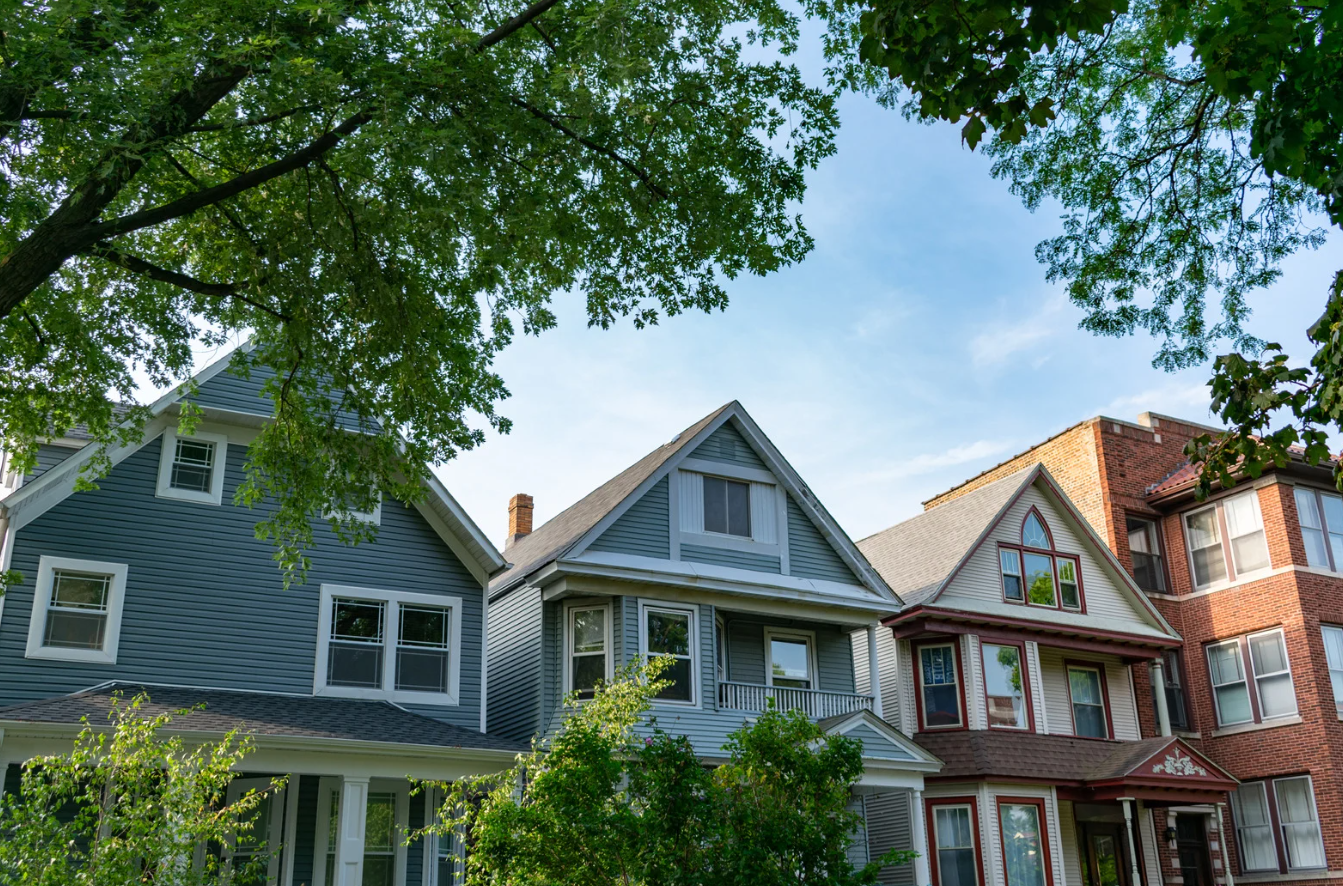In 2010, the Harvard University Medical School published five benefits that come with spending time out of doors. They were an uptick in vitamin D levels; an increase in physical activity; an elevation of mood; improvement in concentration; and an acceleration of healing of illness or injury. These findings underscore why the external component of a residence is so important to the well-being of the inhabitants. Given the social distancing recommended during the COVID-19 pandemic, effective use of outdoor space is all the more relevant. What exactly are people doing these days to optimize the yards on their residential properties?
1. Chimineas and Fire Pits -- generate enough heat to make a cool-weather outdoor gathering pleasant and even fun. As year-round outside events gain steam, homeowners are investing in that which takes the edge off of the cold temperatures. A chiminea is simply an outdoor fireplace the shape and volume of which has been modified over the centuries. It can be wood combustible but there are also models that run on liquid propane. Likewise, a fire pit can burn with more than one medium. Although it can be a simple hole dug in the ground, most are more elaborate, lined with decorative stone, concrete, metal or brick. Check local ordinances prior to building.
2. Outdoor Cooking and Dining Facilities -- can, like fire pits, be basic or elaborate. As outdoor entertaining picks up momentum, the idea of traipsing in and out of the house for food and beverages becomes less tolerable. These are quite convenient for pool parties, touch football halftimes or even -- this is fact -- an outdoor Thanksgiving dinner. They can be set in brick or stone if desirable. Some have a log cabin structure. One outdoor kitchen, actually, was converted from an old grain bin. These are known to strengthen home value.
3. Outdoor Showers -- are also becoming more popular. For one thing, there is less wear and tear than with an indoor bathroom. Wet or dirty guests can get themselves together without having to track soil or drip water through the house. Showers can be visible or shielded; have an independent water source or be hooked up to the plumbing of the house. More luxurious properties might offer multiple shower stalls and place various plants within for ambience. Traditional showerheads can be replaced with rainfall spigots for a gentler showering experience, perhaps on a starry night.
4. Pergolas -- are decorative structures that offer varying degrees of cover. They can act as shade or as protection against the rain. Needless to say, the roof -- supported by columns -- can be grid-like or continuous. Pergolas can stand freely or attach to the house. Sometimes confused with gazebos, arbors and trellises, pergolas have their own distinct characteristics: they tend to be larger and less curved than arbors; they are rectangular and at ground level compared to gazebos. A trellis is more of a lattice-like wall on which to grow vines. For those who have open pergolas, retractable shades can be affixed when the sun beats down.
5. Accessory Dwelling Units -- or ADUs, are cottage-like abodes, often detached from the main house. Families are increasingly finding ADUs to meet practical needs while adding to home value. Aging parents and adult children can enjoy proximity and independence at once. In addition, these can serve as rental units, home offices, music studios or guest rooms.





